News
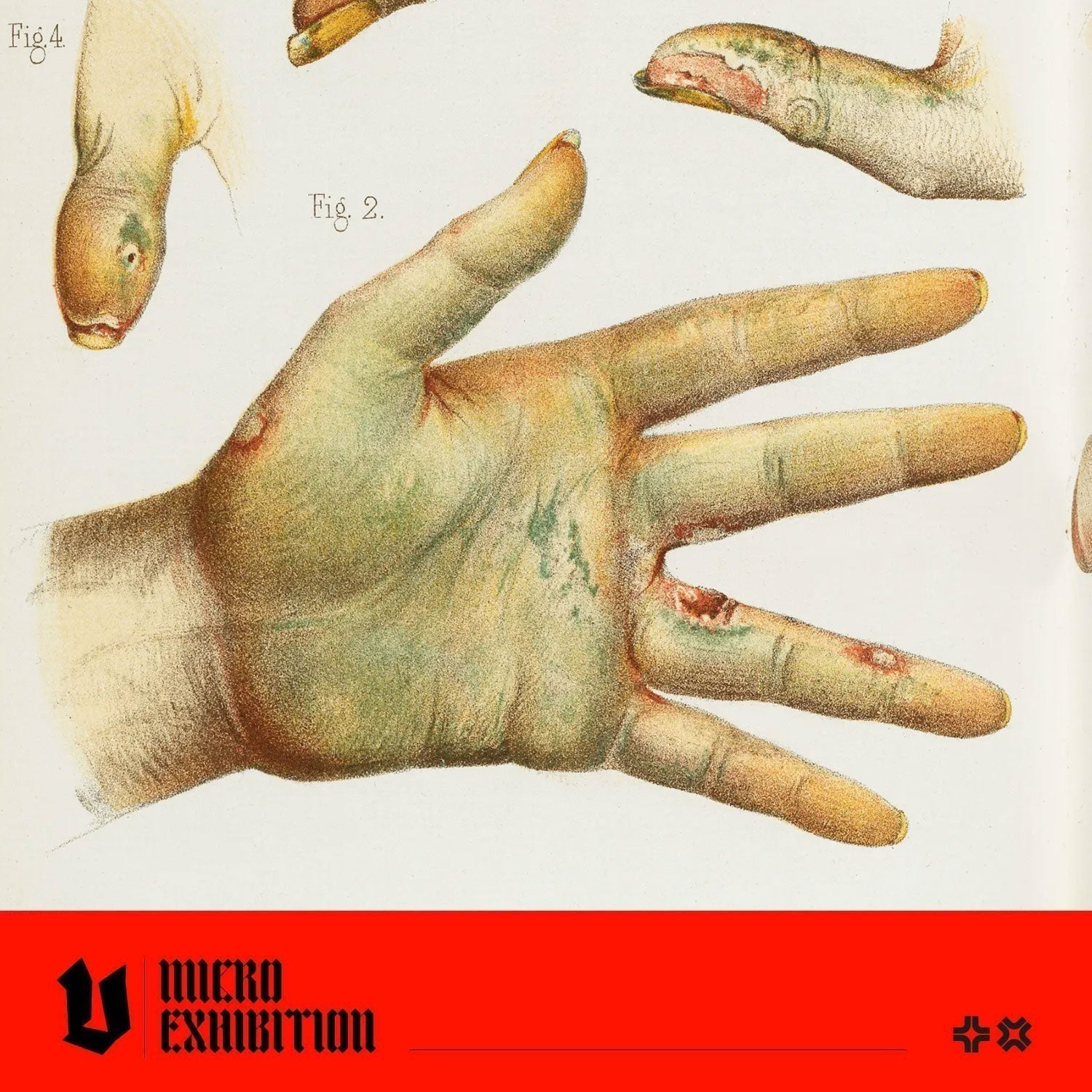
Arsenic
Poisoned Pages: The Lethal Legacy of 19th-Century Book Design
In the quiet corners of libraries, rare book rooms, and private collections, a few volumes hide a strange and unsettling secret. These innocent-looking, often beautiful books were bound with pigments so toxic they still pose a risk more than a century later. What was once considered tasteful design has become something closer to hazardous material. In this article, we're diving into the eerie history of arsenic-laced books—how they came to be, why they were so popular, and the modern-day conservators trying to track them down. Let's go!
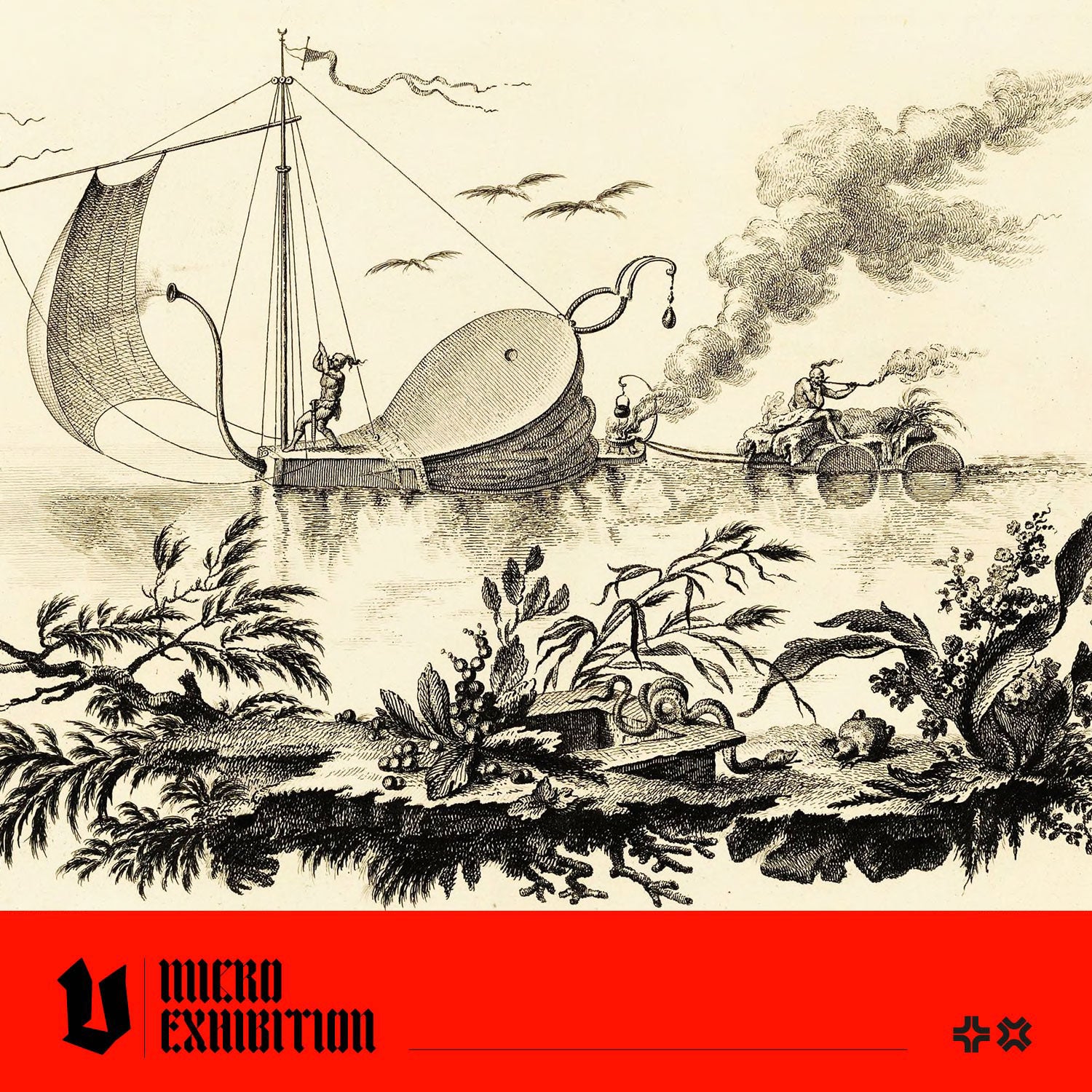
Art Education
Introducing Filippo Morghen: The Visionary Engraver Whose Imagination Travelled to the Moon
Italian printmaker Filippo Morghen created a series of surreal engravings depicting a fictional journey to the moon, blending scientific curiosity with whimsical fantasy. His prints show pumpkin houses in trees, giant butterflies, and strange machines. At Vault Editions, we’re drawn to forgotten works like Morghen’s that inspire imagination and creative reinterpretation. This article explores his creative vision and why it still resonates with artists today. Let's go!
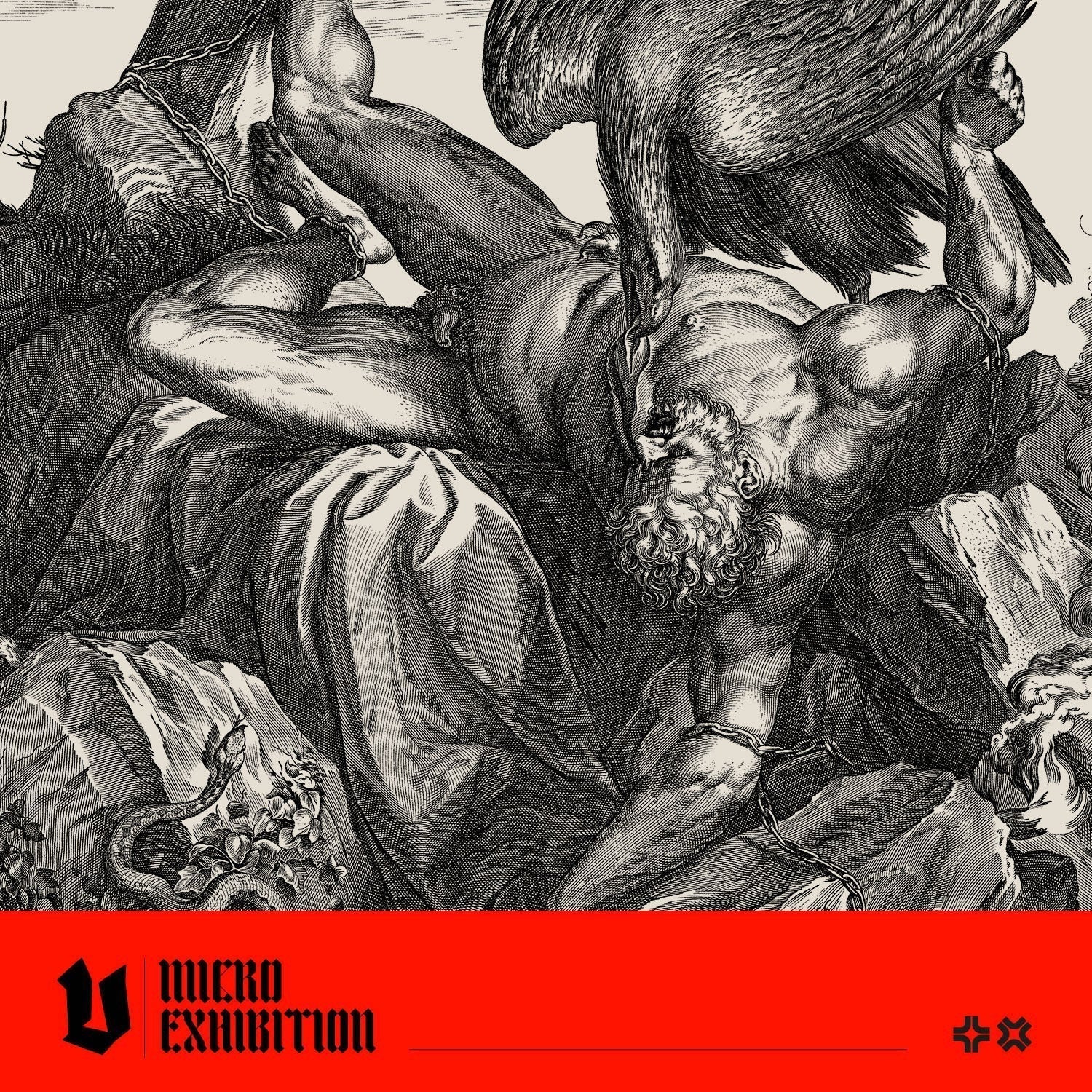
Ancient Egypt
Animal Symbolism in Ancient Mythology: Understanding Cultural Meanings and How to Apply Them in Your Art
In this article, we explore how animals were embedded into the art and artefacts of the ancient world, and offer inspiration for artists and designers today looking to bring more profound meaning and add visual impact to their work. Let's go!
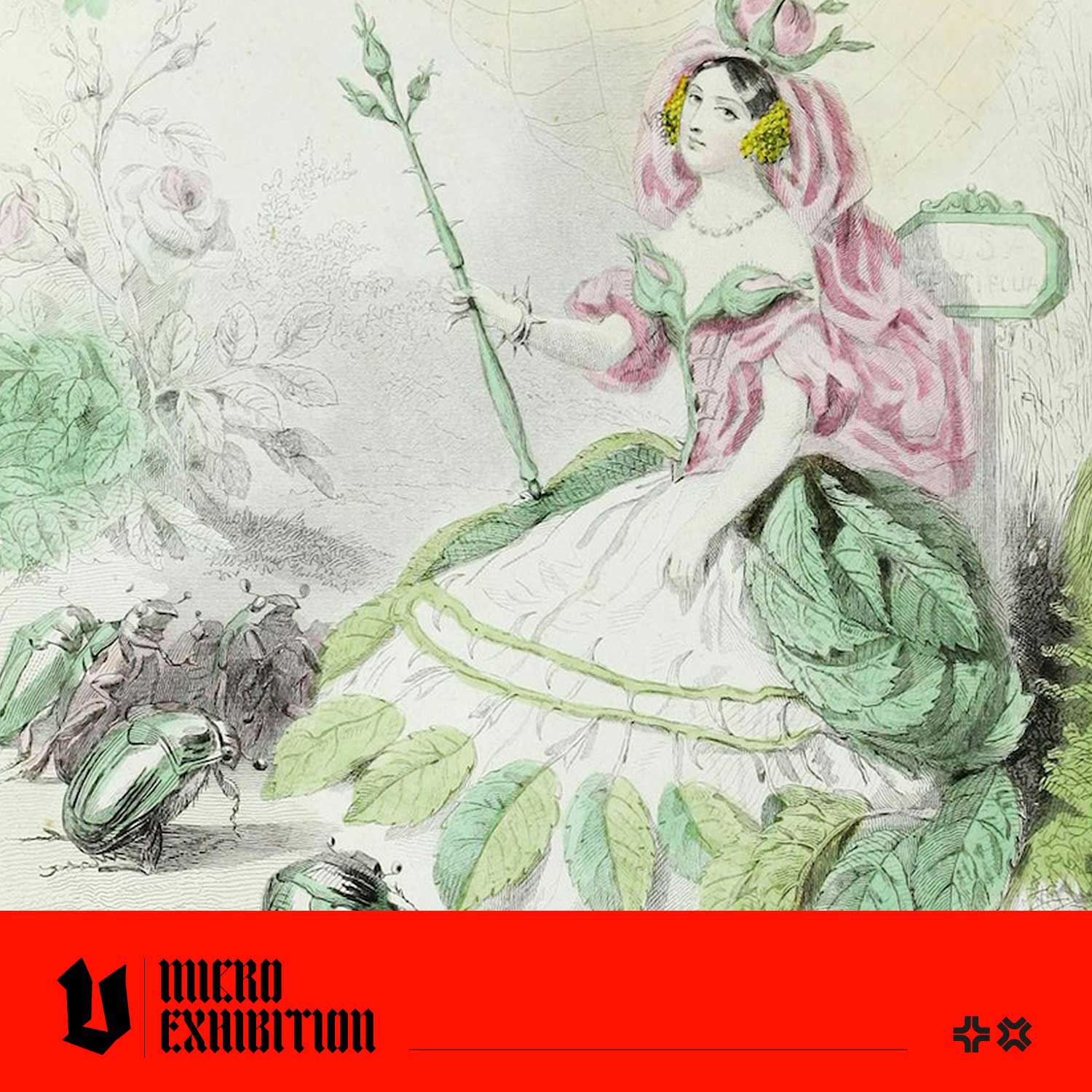
Art History
Symbolism and Satire in J. J. Grandville's The Flowers Personified
In The Flowers Personified (Les Fleurs Animées, 1847), a garden blooms with far more than petals and leaves. This illustrated work combines the imaginative drawings of J. J. Grandville and the playful text of Taxile Delord. Flowers take on human form with personalities, moods, and moral inclinations. What begins as a charming floral fantasy unfolds into a subtle critique of 19th-century ideals around femininity, beauty, and social behaviour.
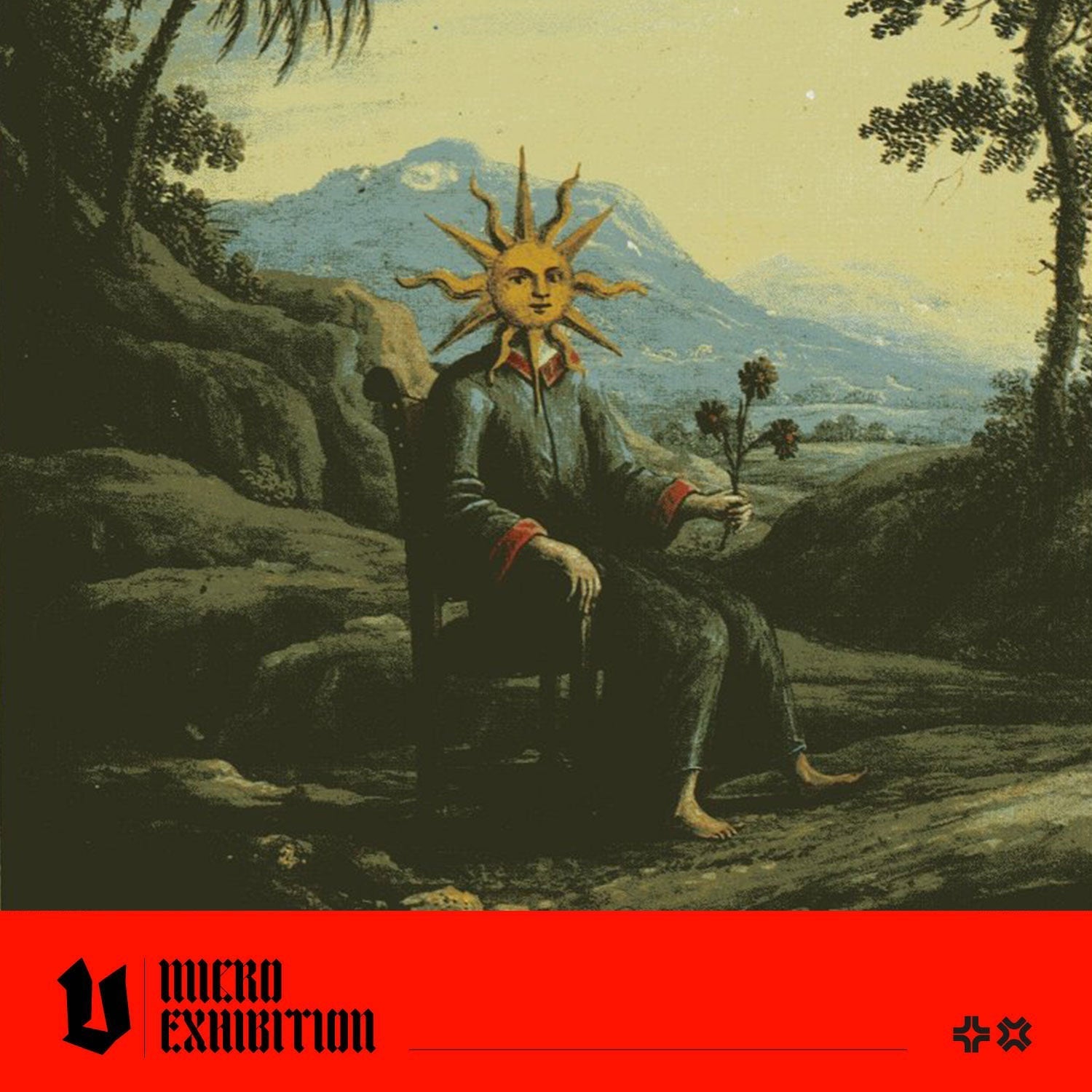
Art Education
Clavis Artis: An Introduction to the Mysterious Manuscript That Blends Art and Alchemy
Clavis Artis stands out as a particularly mysterious work among the enigmatic texts of the alchemical tradition. Written in German and Latin, it is often attributed to the late 17th or early 18th century. The manuscript serves as both a practical guide and a philosophical treatise on alchemy, but what makes it truly remarkable is its rich collection of illustrations.
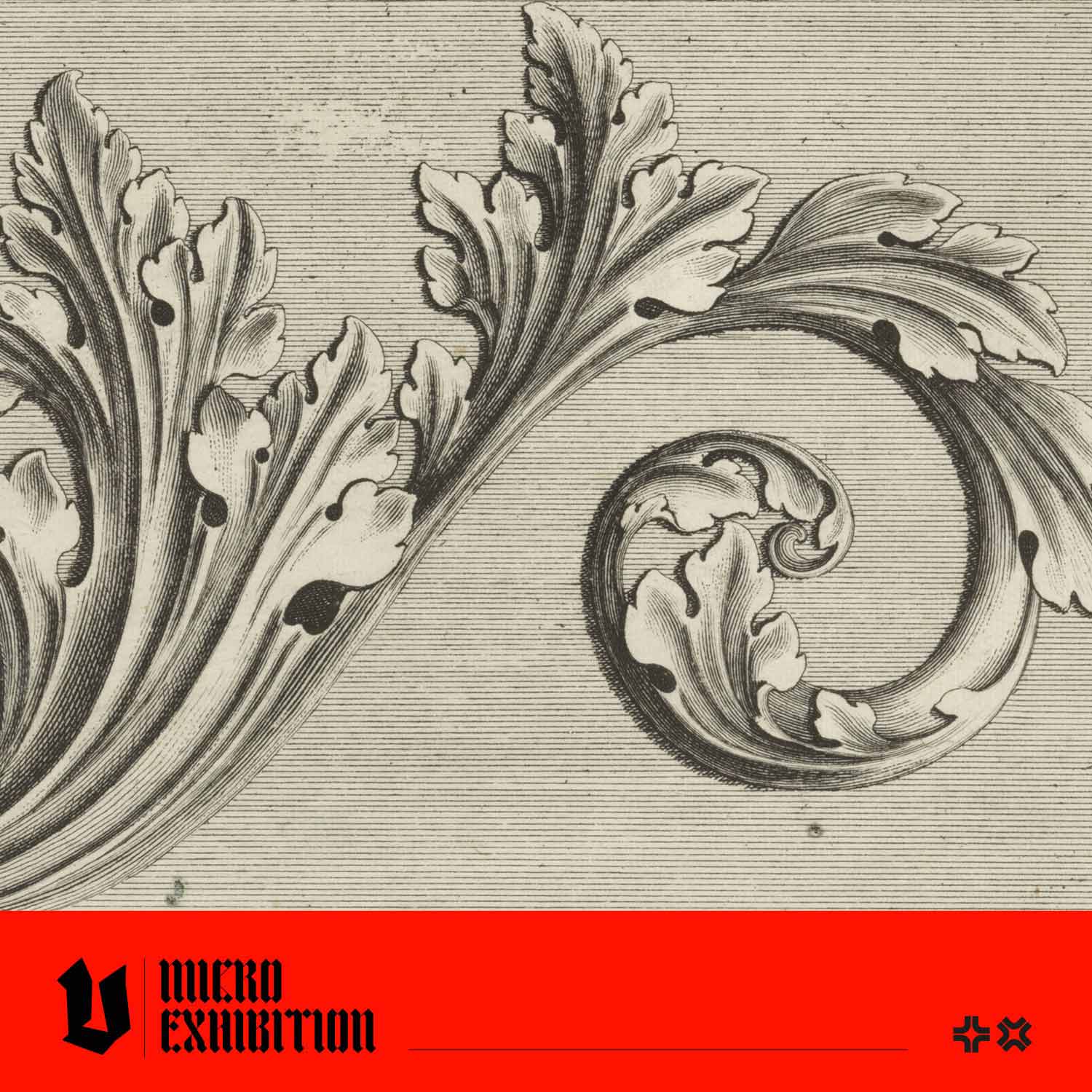
Art Education
Nature’s Influence on Ornamental Art: The Enduring Legacy of Botanical Design from Antiquity to Art Nouveau
From the stylised forms of ancient civilisations to the flowing organic curves of Art Nouveau, botanical themes have left an enduring mark on art and design. In this article, we'll discuss stunning historical examples of ornamental design and discover ways to incorporate botanical elements into your creative work. Let's go!
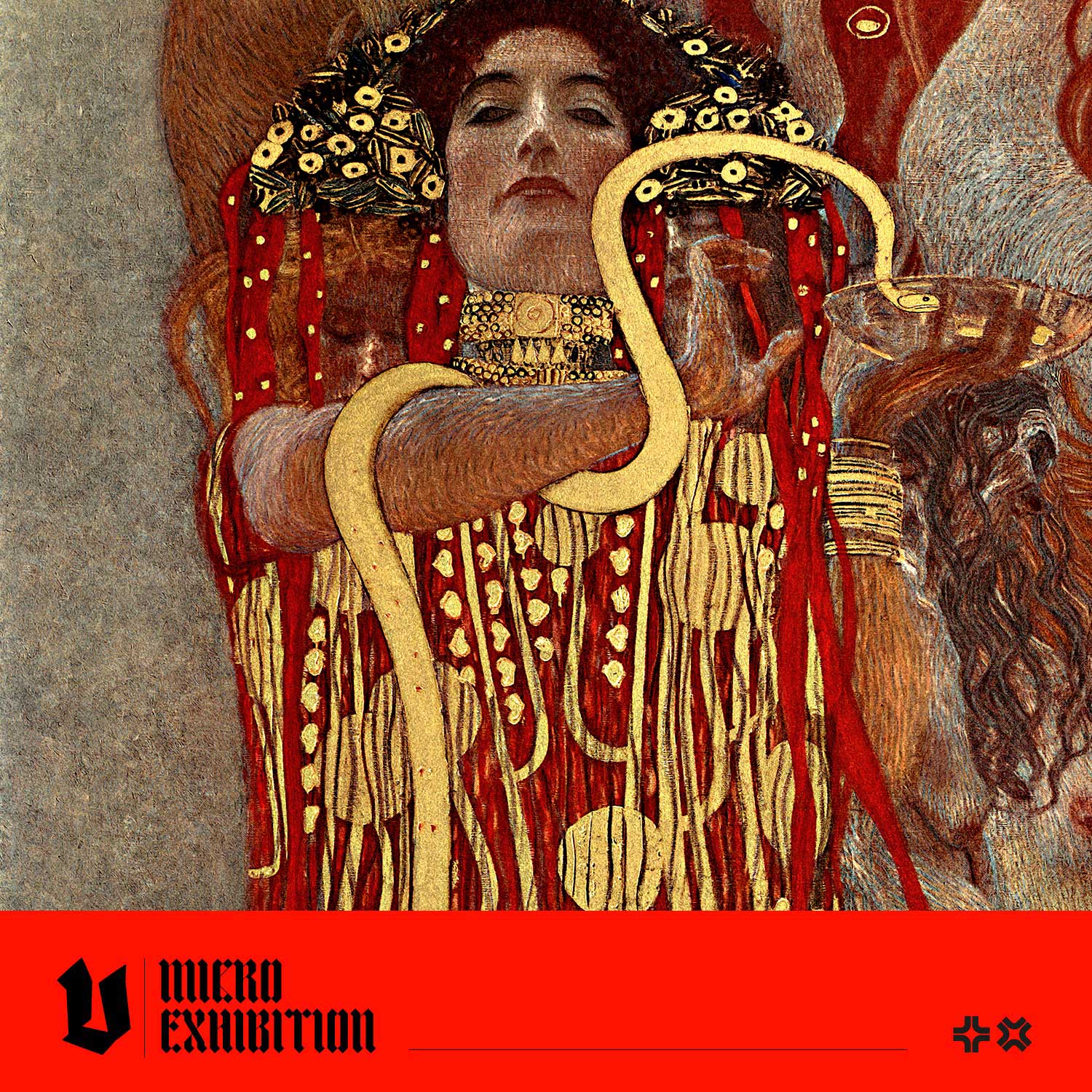
Art Education
From Rebirth and Renewal to Symbols of Terror: The Enduring Role of Snakes in Art
Throughout history, artists have been captivated by the mystique of serpents. Snake symbolism carries many meanings, embodying power, wisdom, transformation, and danger. Whether depicted as divine protectors, agents of healing, or harbingers of destruction, these creatures have played a pivotal role in visual storytelling. This article delves into the symbolic significance of snakes from the perspective of three iconic artists. Let's go!
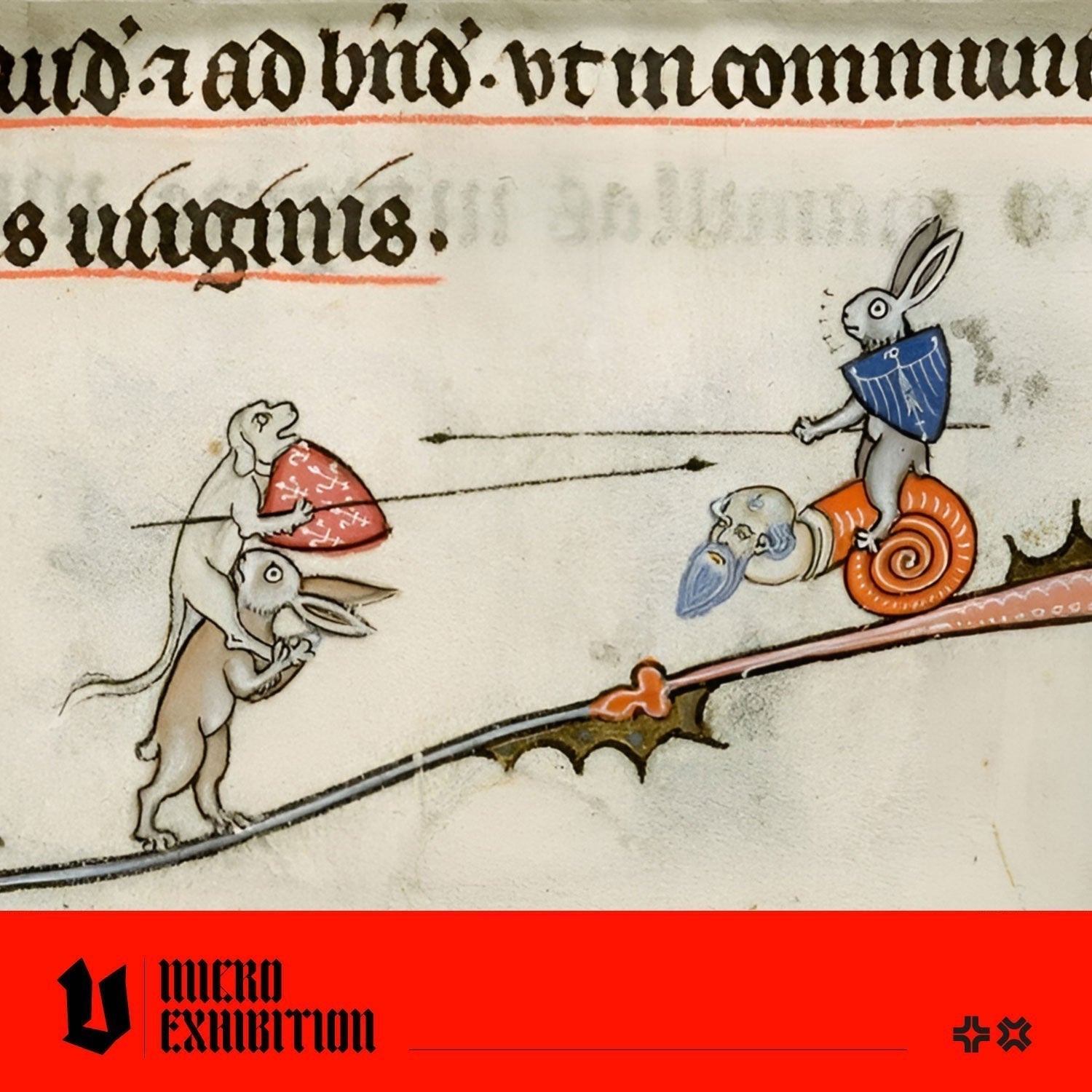
Art History
Did Medieval Scribes Invent the Meme? Exploring Medieval Marginalia—the Middle Ages' Version of Internet Culture
Medieval manuscripts are renowned for their intricate illuminations and calligraphy, but beyond the main text lies a fascinating world of marginalia—decorative and often bizarre illustrations scribbled in the margins of books. These embellishments range from simple doodles to elaborate, surreal scenes that offer unique insights into medieval humour, satire, and social commentary. But what do they mean, and why were they included? Read on to find out!

Art Education
The History & Symbolism of Gargoyles: What They Mean & A Common Mistake to Avoid!
Mysterious, monstrous, and steeped in symbolism, gargoyles have adorned important buildings for centuries. These eerie stone creatures are more than just decorative oddities—they were designed with both practical and spiritual purposes. From their origins as medieval water spouts to their potential role in warding off evil spirits, gargoyles have a fascinating history that blends function with folklore. In this post, we'll explore the history of these iconic figures—and reveal a common mistake people make when identifying them!
